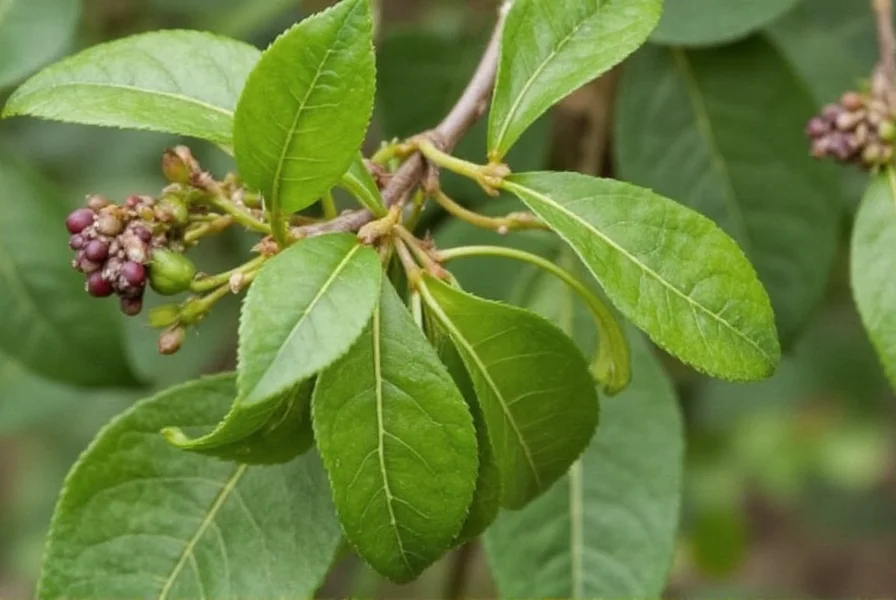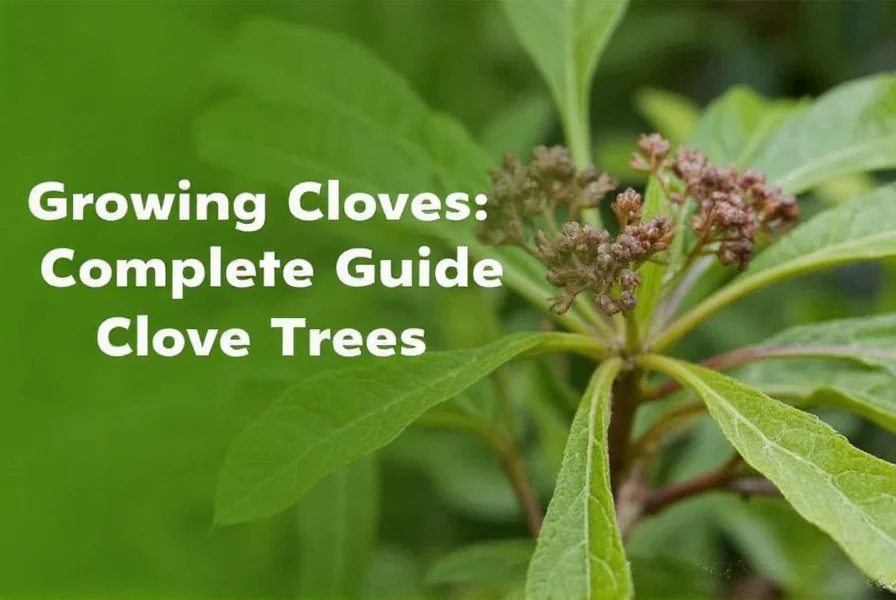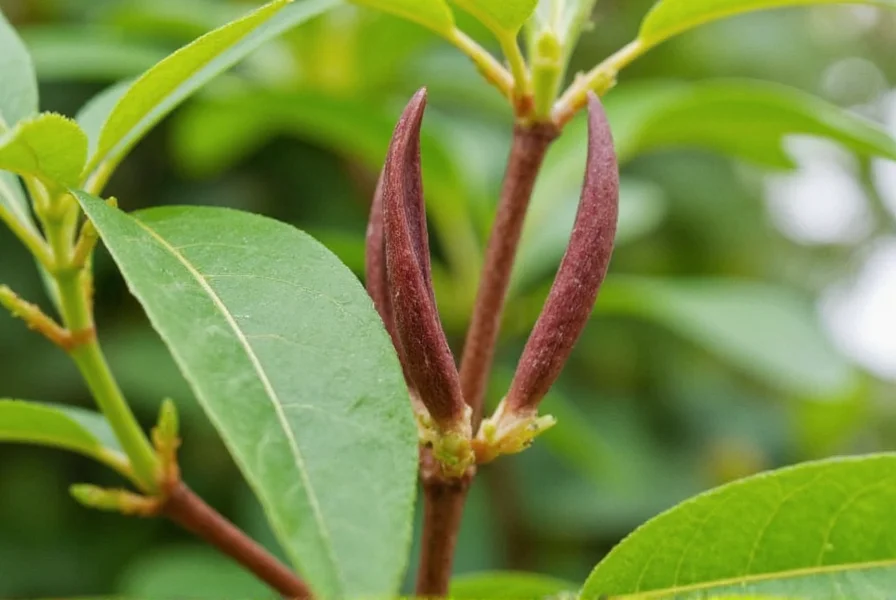Many gardeners and spice enthusiasts search for 'go clove' when they actually mean growing cloves. Cloves aren't something you simply 'go' to plant—they require specific tropical conditions and careful cultivation. Understanding the proper techniques for growing clove trees from seeds or saplings can transform your gardening experience and potentially yield this valuable spice in your own garden.
Understanding the Clove Plant
The clove tree (Syzygium aromaticum) is an evergreen tree native to the Maluku Islands in Indonesia. These trees can reach heights of 8-12 meters when mature and produce the distinctive dried flower buds we know as cloves. The name 'clove' comes from the Latin 'clavus,' meaning nail, due to the spice's nail-like shape.
Clove trees thrive in humid tropical climates with consistent temperatures between 22-30°C (72-86°F). They cannot tolerate frost or prolonged dry periods, which explains why commercial clove production is limited to specific regions worldwide including Indonesia, Madagascar, Zanzibar, and parts of India.
Essential Growing Conditions for Clove Trees
Successfully growing cloves requires attention to several environmental factors. Unlike many common garden plants, clove trees have very specific requirements that must be met for healthy growth and optimal spice production.
| Factor | Optimal Range | Notes |
|---|---|---|
| Temperature | 22-30°C (72-86°F) | Frost kills young trees; mature trees tolerate brief cool periods |
| Rainfall | 1500-2500 mm annually | Well-distributed throughout year; dry season shouldn't exceed 3 months |
| Soil pH | 5.5-6.5 | Slightly acidic; rich in organic matter |
| Soil Type | Loamy, well-drained | Heavy clay or pure sand requires significant amendment |
| Sunlight | Partial to full sun | Young trees need protection from intense afternoon sun |
Step-by-Step Guide to Planting Clove Trees
Whether you're starting from seeds or saplings, proper planting technique is crucial for successful clove cultivation. Here's how to get started:
Starting from Seeds
Fresh clove seeds have the highest germination rate. Unlike many seeds, clove seeds shouldn't be dried before planting—they're best planted immediately after harvesting from ripe fruit.
- Collect fresh seeds from ripe clove fruit (the berry-like structure that develops after flowers)
- Soak seeds in room-temperature water for 24 hours
- Plant in seed trays with well-draining potting mix, 1-2 cm deep
- Maintain consistent moisture (not soggy) and temperatures around 25°C
- Germination typically occurs within 2-4 weeks
- Transplant seedlings to individual pots when they reach 10-15 cm in height
Planting Saplings
For those who prefer a head start, planting young saplings (6-12 months old) increases your chances of successful clove tree establishment.
- Select healthy saplings with strong stems and vibrant green leaves
- Dig planting holes twice as wide and deep as the root ball
- Amend soil with organic compost (30% by volume)
- Space trees 8-10 meters apart to allow for mature growth
- Water thoroughly after planting and maintain consistent moisture

Caring for Your Clove Trees
Proper care ensures healthy growth and maximum spice production. The first 2-3 years are critical for establishing strong clove trees.
Watering Requirements
Clove trees need consistent moisture but cannot tolerate waterlogged conditions. During dry periods, provide deep watering 2-3 times weekly rather than frequent shallow watering. Mulching with organic material helps maintain soil moisture and temperature.
Fertilization Strategy
Young clove trees benefit from balanced fertilization:
- First year: Apply nitrogen-rich fertilizer every 2 months
- Second year: Switch to balanced NPK (10-10-10) fertilizer
- Mature trees: Fertilize twice yearly with organic compost and balanced fertilizer
- Avoid over-fertilizing, which can damage roots and reduce flower production
Harvesting and Processing Cloves
Clove trees typically begin flowering at 6-8 years of age, with peak production occurring between 15-25 years. The harvesting process requires timing and care to ensure high-quality spice.
Flower buds should be harvested when they transition from green to pink but before they open. This usually occurs in the early morning when temperatures are cooler. After harvesting, spread the buds in thin layers on mats in shaded areas to dry for 4-5 days, turning regularly. Properly dried cloves will turn dark brown and snap cleanly when bent.
Common Challenges in Clove Cultivation
Even with ideal conditions, growers may encounter these common issues when attempting growing cloves in non-traditional regions:
- Phytophthora root rot: Caused by waterlogged soil; prevent with proper drainage
- Clove shoot borer: Insect pest that damages new growth; manage with biological controls
- Low flower production: Often due to insufficient sunlight or improper fertilization
- Frost damage: In marginal climates, use frost protection methods for young trees
Alternative Approaches for Non-Tropical Gardeners
If you live outside the ideal tropical zone for clove tree cultivation, consider these alternatives:
- Grow clove trees in large containers that can be moved indoors during cold months
- Create microclimates in your garden using windbreaks and heat-retaining structures
- Consider dwarf varieties which may be slightly more adaptable to container growing
- Focus on ornamental value rather than spice production in marginal climates

Practical Applications of Home-Grown Cloves
Successfully growing your own cloves opens up numerous culinary and medicinal possibilities. Home-harvested cloves typically have superior flavor and aroma compared to store-bought varieties due to freshness and careful processing.
Culinary uses include baking, spice blends, pickling, and flavoring beverages. Medicinally, cloves have been traditionally used for dental pain relief, digestive issues, and as an antimicrobial agent. Always consult with a healthcare provider before using cloves for medicinal purposes.
Conclusion
Growing cloves requires patience and specific environmental conditions, but the reward of harvesting your own fresh, high-quality spice makes the effort worthwhile. By understanding the precise requirements for successful clove cultivation and implementing proper care techniques, you can potentially grow this valuable spice even in marginally suitable climates with careful planning and attention to detail.
Frequently Asked Questions
How long does it take for a clove tree to produce harvestable cloves?
Clove trees typically begin flowering at 6-8 years of age, with significant harvests possible around 10-12 years. The trees reach peak production between 15-25 years of age. Patience is essential when growing cloves, as they're a long-term investment rather than a quick-yield crop.
Can I grow clove trees indoors or in containers?
Yes, you can grow clove trees in containers, especially when starting from seeds or young saplings. Use a large container (at least 15-20 gallons) with excellent drainage. Container-grown clove trees require more frequent watering and fertilization but can be moved indoors during cold weather in non-tropical climates. Note that container growth may limit the tree's ultimate size and spice production.
What are the signs that my clove tree is getting proper care?
A healthy clove tree shows vibrant green leaves, consistent new growth during the growing season, and eventually produces clusters of flower buds. Yellowing leaves may indicate overwatering or nutrient deficiency, while leaf drop could signal underwatering or temperature stress. Properly cared-for trees should show steady growth of 30-60 cm per year under ideal conditions.
How do I know when to harvest clove buds?
Harvest clove buds when they change from green to a pinkish-red color but before they open into flowers. This typically occurs in the early morning when temperatures are cooler. The buds should feel firm but not hard. Properly timed harvesting ensures maximum oil content and superior flavor in your home-grown cloves.











 浙公网安备
33010002000092号
浙公网安备
33010002000092号 浙B2-20120091-4
浙B2-20120091-4